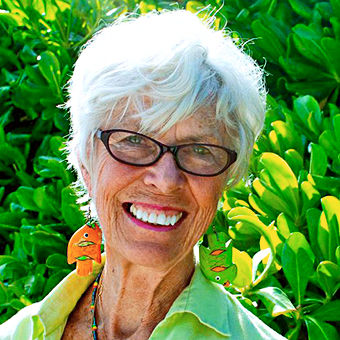
Parts of the Caribbean are dealing with a most unwelcome visitor these days that threatens to be a buzzkill for beachgoers, swimmers and strollers along the shorelines of several islands.
Although harmless, sargassum is a stinky type of seaweed, an eyesore that rolls in on ocean currents and tides, chokes the shores and guests’ nostrils and is difficult to clean up.
Sargassum is naturally occurring and begins washing up on shorelines in March. But the levels typically increase over the summer when temperatures soar, creating ideal conditions for its propagation. Global warming and runoff from fertilizers in waters emptying from Brazil’s rivers into the Atlantic as well as hurricanes and tropical storms that churn up ocean waters are two probable causes for its appearance each summer.
Sargassum showed up briefly in the Caribbean in 2011 and had a massive comeback in 2015, which continued each summer through 2021. Now it’s back.
“In all regions combined — the tropical Atlantic, the Caribbean Sea and the Gulf of Mexico — the total sargassum amount increased from 18.8 million tons in May 2022 to 24.2 million tons in June 2022, thus setting a new historical record,” the University of South Florida Optical Oceanography Lab reported.
Hard hit this year are fishermen (the stuff gets tangled in fishing lines and engine rotors), tour boat operators, beachfront resorts, restaurants and attractions along portions of the coastlines of Barbados, the Cayman Islands, the Dominican Republic, Puerto Rico, St. Maarten/Martin, Jamaica and the Mexican Caribbean.
Ramped up efforts to keep the beaches clean include floating barriers and nets deployed beyond the surf line to catch and redirect the sargassum before it can wash ashore. Collection of the sargassum caught by the barriers is done by boats. Heavy-duty tractor-style machines are used to remove the seaweed from the sand. Armies of hotel workers rake the beaches daily, sometimes twice a day.
The DR has installed an eight-mile-long barrier in the sea to try and control the spread of sargassum along the beaches in the Punta Cana area.
And then there’s the problem of what to do with it once it’s been cleared from the beaches. According to the Jamaica Gleaner, Jamaican officials are studying whether sargassum could be processed and reutilized.
In late July, the Cayman Islands’ Department of the Environment launched a cleanup trial using a giant pumping system to suck a huge blanket of sargassum from the edge of North Sound in West Bay, filter it out and return the water to the sea, according to the Cayman Compass. Workers managed to remove more than 2,800 square feet of sargassum before it became too difficult to handle the pump once the seaweed had decomposed.
“Cayman is among many Caribbean nations dealing with larger and more frequent infusions of sargassum,” Premier Wayne Panton said. “We are all trying to figure out how to effectively anticipate and manage the influxes in appropriate ways.”
“The presence of sargassum in the Caribbean is part of the ‘new normal’,” according to a spokesperson for Jamaica’s National Environment and Planning Agency.
Source: Read Full Article










